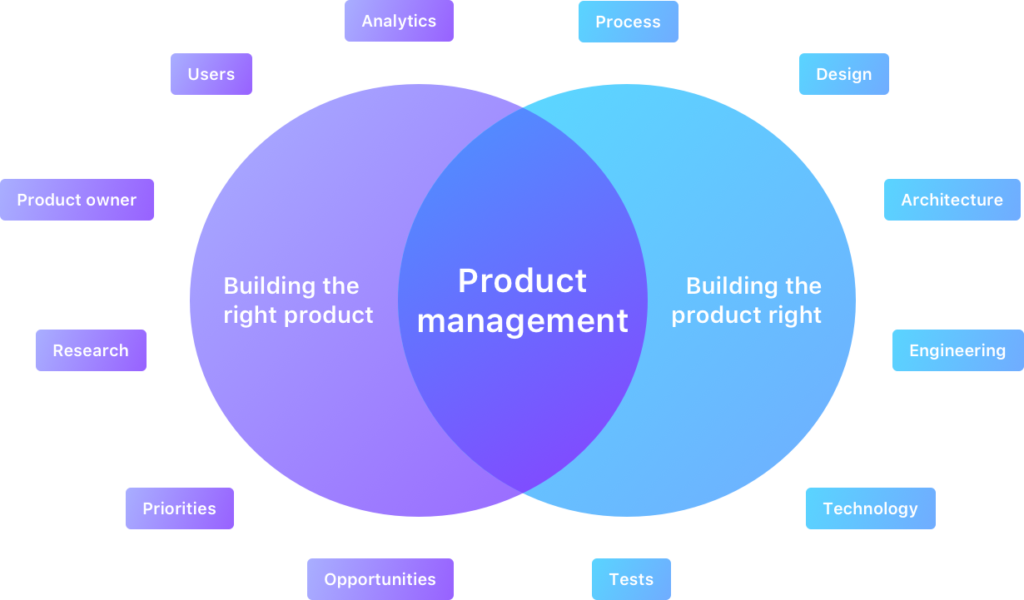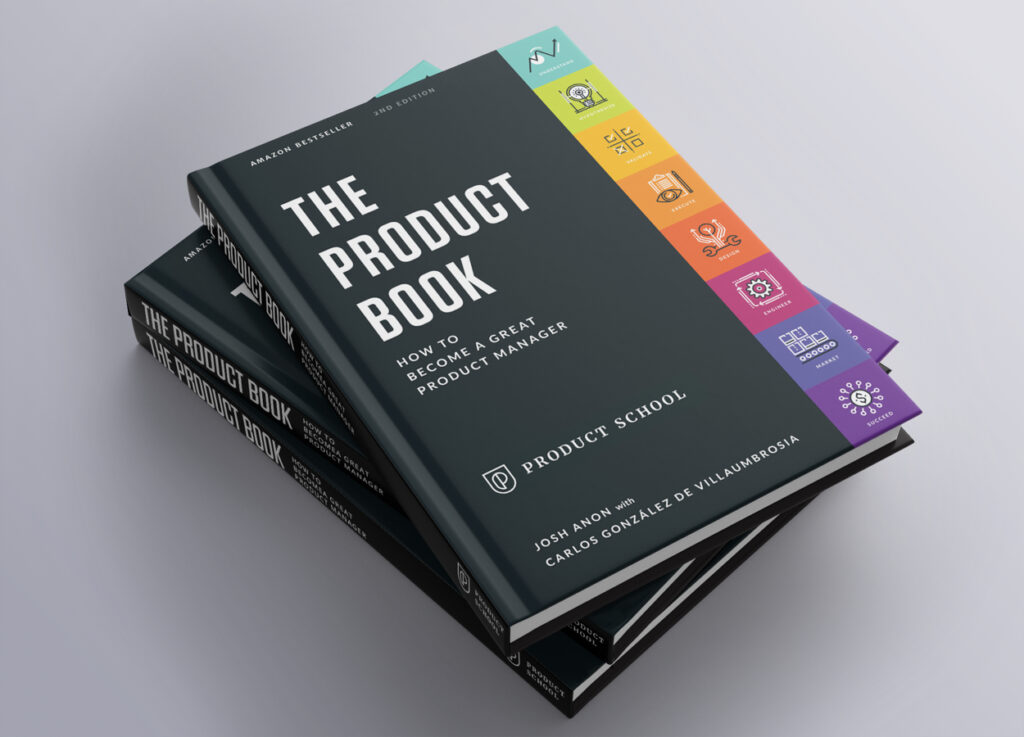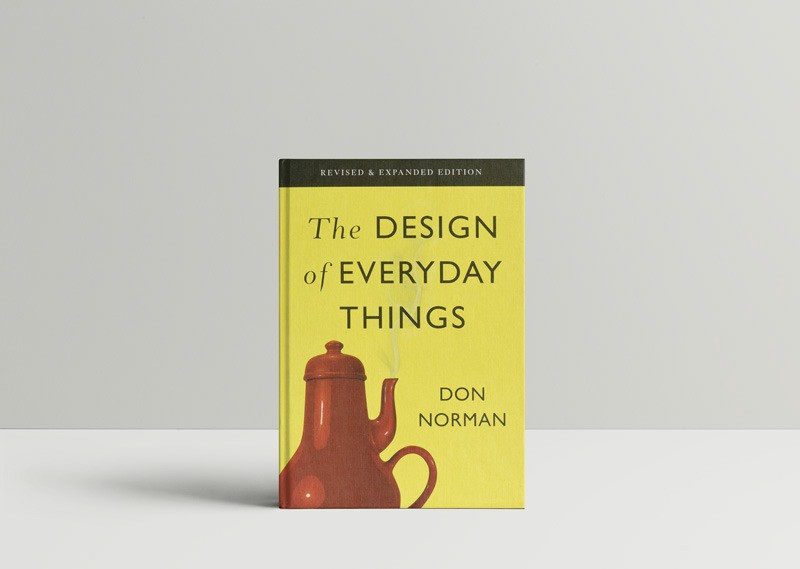Why read four books about product management? I believe that Product Management is becoming the alphabet of the upcoming days: nowadays, the entire economy is shifting through digital products and platforms services.
According to Investopedia and uxcam, the top 6 companies listed on the S&P 500 index are digital products(Microsoft, Amazon, Google, et cetera). A fully optimized product manager could increase company profits by 34.2%.
Maybe you read until here, and you still wonder what the heck are we talking about, and it is entirely normal! Atlassian defines product management as an organizational function that guides every step of a product’s lifecycle by focusing on the product and its customers first. To build the best possible product, product managers exploit customers within the organization and hear the market voice.

If this world intrigues, there are 4 books I highly suggest to know more about product management. According to Tim Ferries, you’re already a 20% expert product manager if you do that.
The Lean Product Playbook, by Dan Olsen

The Lean Product Playbook: How to Innovate with Minimum Viable Products and Rapid Customer Feedback is defined as is a practical guide to building products that customers love. The main idea is to apply the lean methodology to the product management processes.
Toyota created lean production, and probably it’s one of the reasons they are the most prominent car manufacturer. The idea behind lean production is to eradicate waste from the process. The term was studied later on and consists of 5 principles:
- Precisely specify value by specific product
- identify the value stream for each product
- make value flow without interruptions
- let customer pull weight from the producer
- pursue perfection
It proposes very practical ideas, and it is a good start for product management understanding.
The Product Book, by Product School, Carlos González de Villaumbrosia, Josh Anon

Founded in 2014, Product School is the global leader in Product Management training with a community of over one million product professionals. Arguably, their certificates are the most industry-recognized credentials by employers hiring product managers.
The school offers product management classes taught by real-world product managers working at renowned tech companies like Google, Facebook, Snapchat, Airbnb, LinkedIn, PayPal, Netflix and more.
Also here there is a focus on a lot of basic and actionable thoughts. For sure, It could be a good choice:
- If you do not know how a product manager has to deal with other roles in the further steps of concept, development, and launching of a product.
- Or if you don’t like just conceptual books and need good examples to understand the theory
- You don’t believe in just one point of view of a subject and ask for professional perspectives
Intercom on Product Management

How about free books? Intercom is one of the leading all-in-one customer communications platforms, with 25 thousand customers and 10 years of experience (centuries in the digital world). So we may argue that their knowledge.
According to them, building a great product should be the first focus of every start-up. This collection of lessons offers guidance on the tough decisions you can face as a product manager.
The aspects covered are product design, engineering, branding and marketing. Consequently, this book provides actionable frameworks for navigating the hard choices along the way so that you can ship a product that people want and will use time after time.
You can find it here.
Bonus Readings from Intercom
Intercom offers other free books regarding growth marketing, customer understanding and start-up management. You can find them here:
The Design of Everyday Things, by Don Norman

There’s always room for a step back. Have you ever wondered why do people prefer a product instead of another? Why do usability and design influence each other? Anyone who designs anything to be used by humans, from physical objects to computer programs to conceptual tools, should read this book. Therefore, it is a fantastic read for anyone who uses objects that another human has made.
The author exploits cognitive science and usability engineering to explain how design serves as the communication between object and user and how to optimize that conduit of contact to make the experience of using the object pleasurable.
At first, one of the central concepts is affordance, as it is applied to design. For instance, a flat plate on doors is meant to be pushed, small finger-size push-buttons, and long, rounded bars we intuitively use as handles. As Norman used the term, the plate or button affords to push, while the bar or handle affords to pull.
Secondly, another essential concept is user-centred design, which he had previously referred to in user-centred System Design in 1986. It describes design based on the user’s needs, leaving aside what he deemed secondary issues like aesthetics. User-centred design involves simplifying the structure of tasks, making things visible, getting the mapping right, exploiting the powers of constraint, designing for error, explaining affordances, and seven stages of action.
Final Note
In conclusion, are you planning to read one of these product management books? Are you afraid of not having time/energy to add them to your to-read list? I’ve written an article about how to read more, check it out here.

2 thoughts on “📒 4 Product Management Books You Should Read”